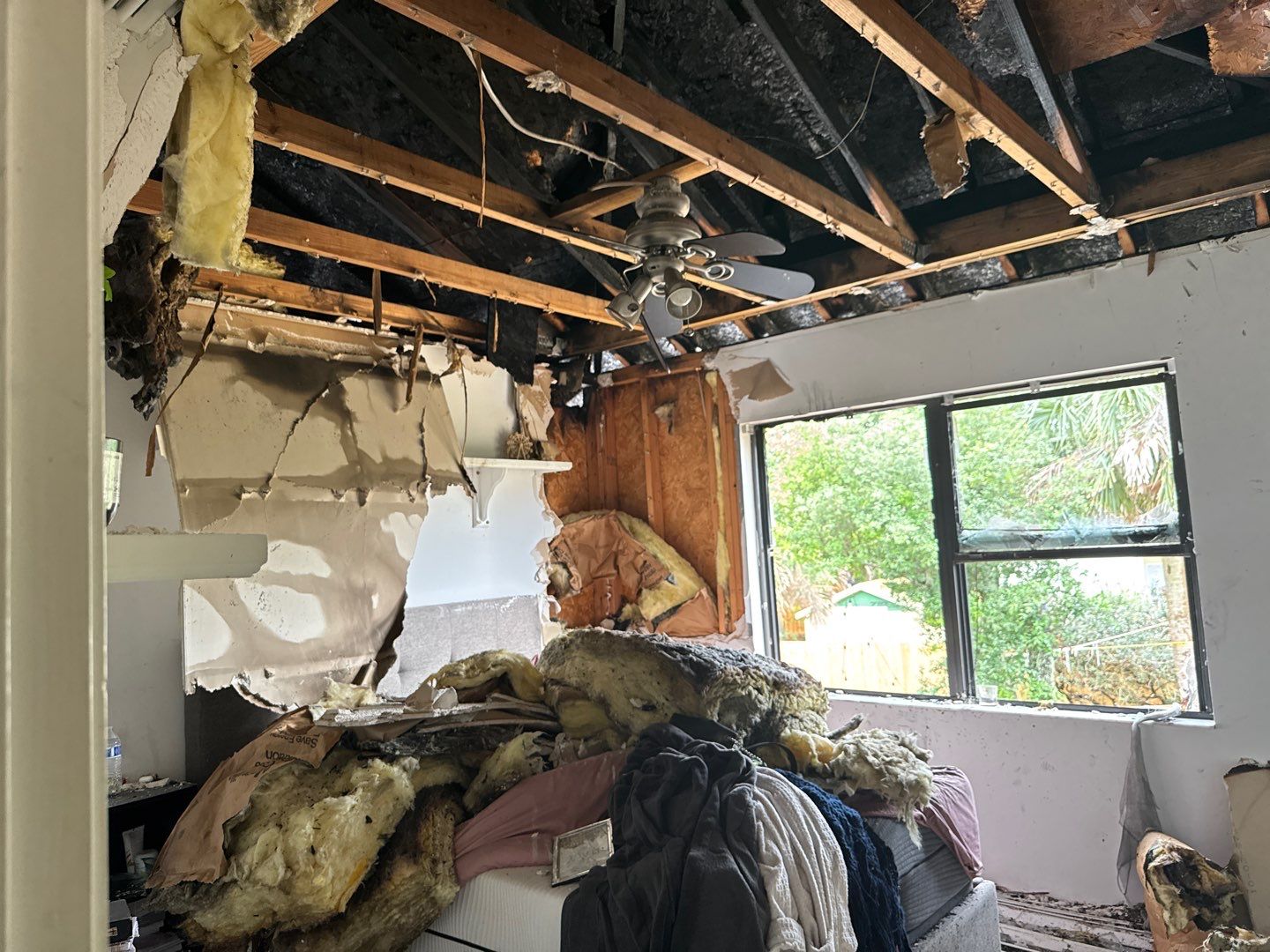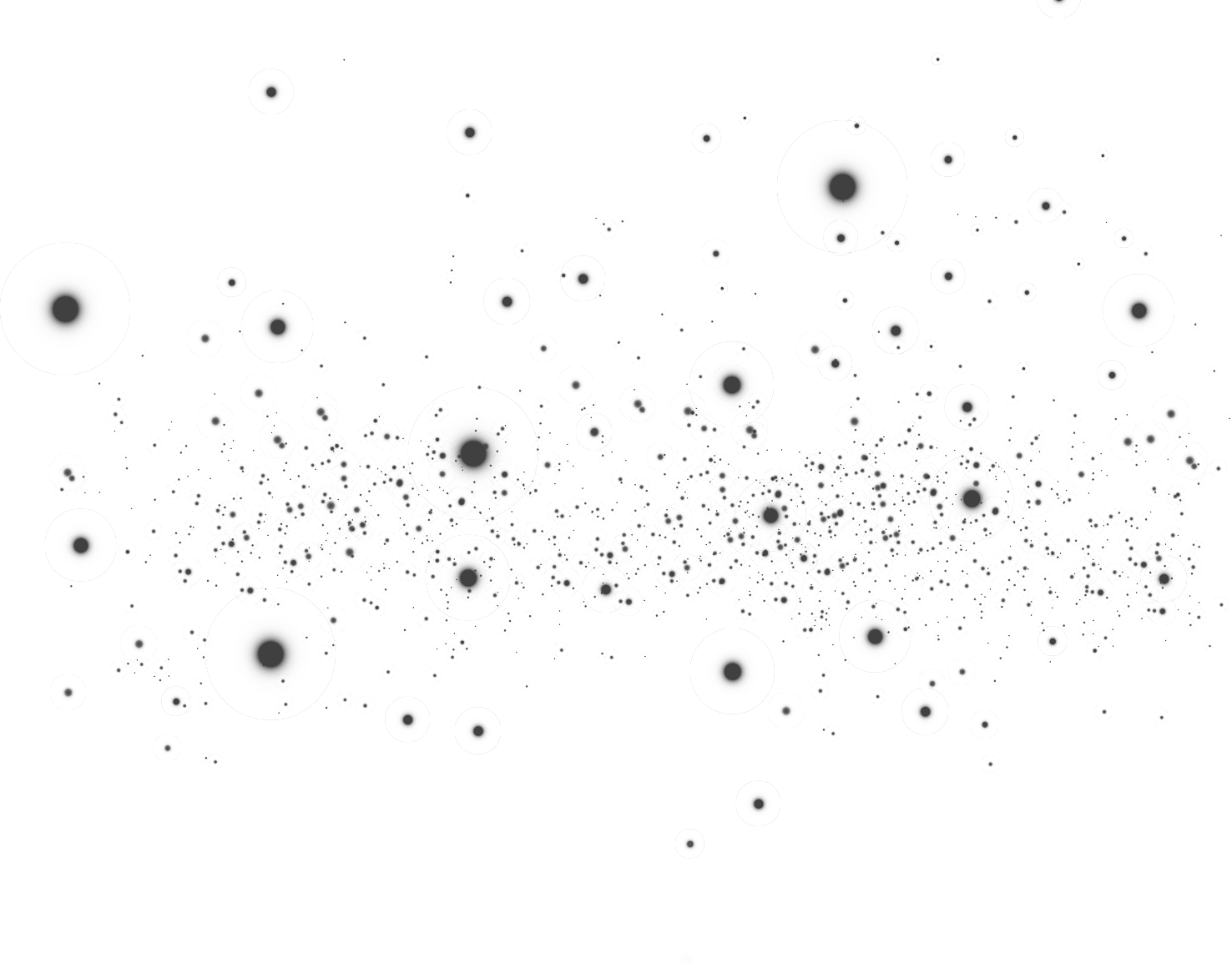
When a fire hits your property, the immediate concerns are easy to spot—scorched walls, charred belongings, and the overwhelming smell of smoke. But the real danger might be what you can’t see. Even after the flames are extinguished and cleanup begins, fire damage can leave behind long-term threats to your indoor air quality (IAQ) and the overall health of your building.
Understanding how fire impacts the air you breathe is essential to protecting your space and everyone in it.
Smoke and Soot: Lingering Hazards
Long after the smoke has cleared, its byproducts continue to hang around—sometimes quite literally. Smoke is made up of microscopic particles and gases that can settle deep into your building’s structure. These include particulate matter, carbon monoxide, and a variety of volatile organic compounds (VOCs) like benzene and formaldehyde. These substances are often released when plastics, paints, or insulation materials burn, potentially causing unpleasant odors or adverse health effects.
The Environmental Protection Agency (EPA) warns that fine particles from smoke, especially particulate matter (PM2.5), can be inhaled deep into the lungs and may cause serious respiratory issues. Once these particles settle into your HVAC system, carpeting, upholstery, or insulation, they can be recirculated throughout the building without your knowledge.
More Than Cosmetic Damage
What many people don’t realize is that even areas untouched by flames can still suffer significant damage. Smoke can travel through walls, seep into ductwork, and leave behind residue in unseen places. Over time, this contamination can lead to corrosion of metal systems, premature deterioration of materials, and persistent odors that indicate ongoing air quality issues.
This type of hidden damage doesn’t just affect your comfort—it can pose health risks for an extended period of time not addressed properly.
Water Damage and Mold: The Hidden Threat
Ironically, the water used to extinguish a fire can create the perfect environment for mold growth. When drywall, flooring, or structural materials become saturated and aren’t properly dried, mold can begin to grow within 24 to 48 hours, according to the CDC2.
Mold doesn’t just affect surfaces. It releases spores into the air that can aggravate allergies, trigger asthma, and lead to long-term respiratory problems. Damp conditions also weaken building components and create musty odors that signal compromised IAQ.
So while water saves your building from fire, it can cause another round of damage if not dealt with correctly.
How IAQ Impacts Health
The impact of fire-related pollutants isn’t limited to short-term irritation. Poor IAQ after a fire can contribute to a range of serious health concerns, especially in vulnerable populations such as children, the elderly, or those with pre-existing respiratory and cardiovascular conditions.
Common symptoms include:
- Persistent coughing or wheezing
- Headaches or fatigue
- Eye, nose, and throat irritation
- Worsening of asthma or allergies
If these symptoms appear after a fire incident—even weeks later—it’s a sign that deeper environmental issues may still be present in the building.
4 Steps to Proper Post-Fire Remediation
A basic fire cleanup might remove visible soot and debris, but that’s only the beginning. To truly restore a building after fire damage, and protect the health of its occupants, professional remediation must go deeper. Here are the five critical steps every post-fire recovery plan should include:
- Fire and Smoke Damage (FSD) Assessment
A comprehensive Fire and Smoke Damage (FSD) Assessment should be conducted by an independent, third-party environmental consultant. This assessment is critical for identifying hidden smoke residues and pollutant pathways that may not be visible during a standard inspection. The results form the foundation for a remediation protocol, including recommendations for building material removal, cleaning, and restoration.
When visual confirmation of contamination isn’t possible, the FSD Assessment often includes third-party laboratory testing to verify the presence of smoke residues. Additional lab analysis may be performed to evaluate the corrosivity risk to metal building components and contents—particularly important for protecting long-term structural integrity.
An essential part of the FSD Assessment is an HVAC system evaluation, which identifies components affected by heat, smoke, and soot. The report provides specific recommendations for cleaning, replacement, or both, depending on the extent of contamination. When applicable, the FSD Assessment also incorporates a mold and moisture assessment to address water damage that often accompanies fire events.
- Fire and Smoke Remediation
The remediation of fire and smoke damage should be performed by a professional restoration company specializing in fire restoration. This team follows the protocol developed by an independent environmental consultant, ensuring that cleanup and material removal are both thorough and compliant with health and safety standards.
Using a combination of professional judgment and fire restoration expertise, the remediation team will use a variety of tools and cleaning methods to restore salvageable materials. Throughout the process, air filtration devices (AFDs) equipped with HEPA and carbon vapor filters are deployed to reduce airborne particulates and odors, maintaining safer indoor air quality during cleanup.
- Post-Remediation Verification (PRV)
Before any reconstruction begins or sealants are applied, a Post-Remediation Verification (PRV) should be conducted by the same independent, third-party environmental consultant who performed the initial assessment. This final inspection is critical to confirming that all visible smoke residues have been properly removed in accordance with the remediation protocol.
In addition to a thorough visual inspection, laboratory testing is typically included to verify that no remaining smoke residue contamination is present within the affected areas. This step ensures that the property is truly clean and safe for rebuilding, helping to protect both indoor environmental quality and the long-term health of building occupants.
- Reconstruction
After the property has successfully passed the Post-Remediation Verification (PRV) by an independent, third-party consultant, the next step is reconstruction. This phase involves rebuilding any areas that were removed or altered during the fire and smoke remediation process.
In many cases, the restoration contractor may also offer in-house reconstruction services, providing a seamless transition from cleanup to rebuild. In other situations, a separate contractor may be brought in to complete the fire damage repair and structural restoration. Either approach ensures that the property is fully restored, both structurally and aesthetically.
What to Do Next
If you’ve experienced fire damage, don’t stop at surface repairs. A professional post-fire environmental assessment can uncover the hidden risks and help you build back safer. We specialize in identifying and resolving indoor air quality issues caused by fire, smoke, and water damage so you can breathe easily again.
Final Thoughts
Fire damage goes beyond what the eye can see. The real danger may be hidden in areas previously unaddressed. An LAQ FSD assessment is thorough and identifies hidden pollutant pathways. Identifying all of the smoke pathways is not only beneficial for the building’s and occupant’s health, but it is the crucial difference between a structure retaining fire odors post-reconstruction or being free of smoke odors. By addressing the less visible consequences—like smoke particles, chemical residues, and mold—you’re not just restoring your building, you’re protecting the people inside it.
Need help with a post-fire assessment? We’re here to make sure your building is safe from top to bottom—and from the inside out.


